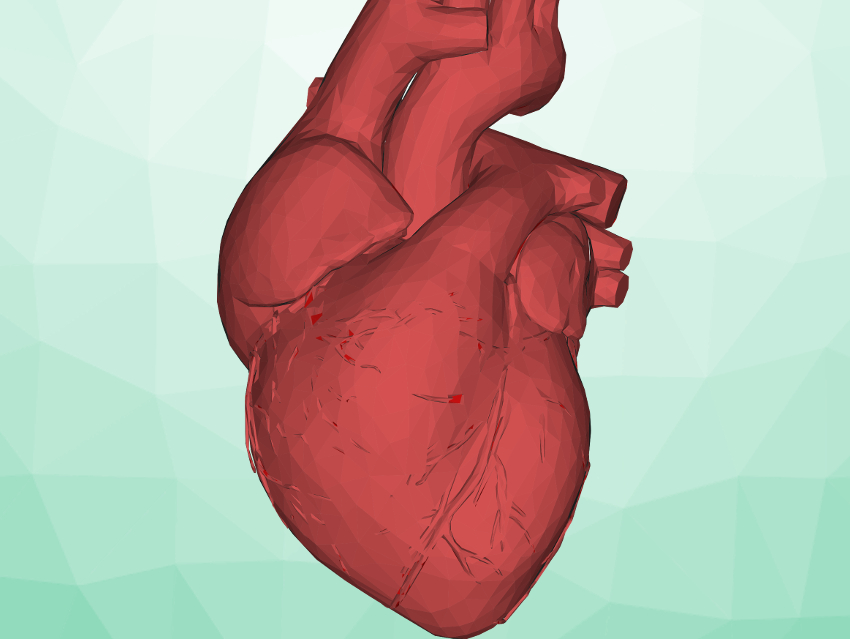Implantable medical devices such as pacemakers can be life-saving. However, they require surgeries to replace the device when the batteries are empty. Theoretically, the steady movement of the heart could be used to harvest energy and power medical implants.
Bin Yang, Shanghai Jiao Tong University, China, Hao Zhang, Second Military Medical University, Shanghai, China, and colleagues have developed an implantable piezoelectric energy generator (iPEG) that could be used to build a self-powered pacemaker. The device consists of an elastic skeleton and two piezoelectric composites. These composites are composed of Cr/Au electrodes, (72%)Pb(Mg1/3Nb2/3)O3-(28%)-PbTiO3 (PMN-PT) as the piezoelectric layer, a silver epoxy adhesive, and a beryllium bronze foil to evenly distribute the applied pressure. The two piezoelectric composites are fixed to the top and bottom of the elastic skeleton made from polyethylene terephthalate (PET). To encapsulate the device and prevent its erosion in vivo, it was coated with a polydimethylsiloxane (PDMS) film and a parylene polymer film.
When the elastic skeleton is compressed by an outside force, energy is generated by the piezoelectric material. When the structure expands again after the pressure is removed, energy is generated again. The team tested the device in pigs, using the heartbeat as the outside force. They implanted the iPEG at the bottom of the pericardial sac, which surrounds the heart. It was connected to a rectifier to convert the alternating current produced by the device into a direct current. The team then removed the battery from a commercial cardiac pacemaker and connected the pacemaker to the rectifier.
The researchers found that the iPEG can directly drive a commercial pacemaker without a battery. The pacing rate of the pacemaker was set to a higher value than the original heart rate to simulate the real use of the device. Further studies are needed to test the iPEG’s output under other pathological conditions. The approach could eliminate the need for batteries in implantable medical devices or reduce the frequency of replacements.
- Direct Powering a Real Cardiac Pacemaker by Natural Energy of a Heartbeat,
Ning Li, Zhiran Yi, Ye Ma, Feng Xie, Yue Huang, Yingwei Tian, Xiaoxue Dong, Yang Liu, Xin Shao, Yang Li, Lei Jin, Jingquan Liu, Zhiyun Xu, Bin Yang, Hao Zhang,
ACS Nano 2019.
https://doi.org/10.1021/acsnano.8b08567




